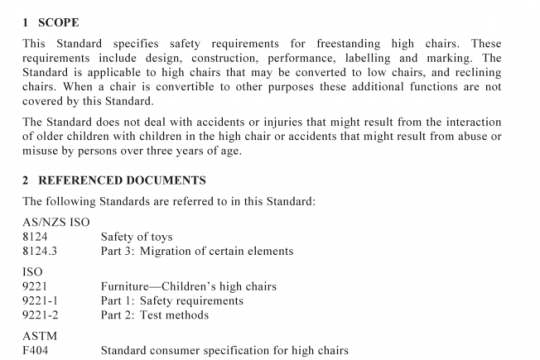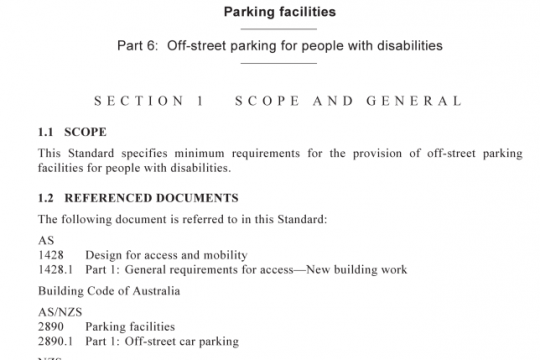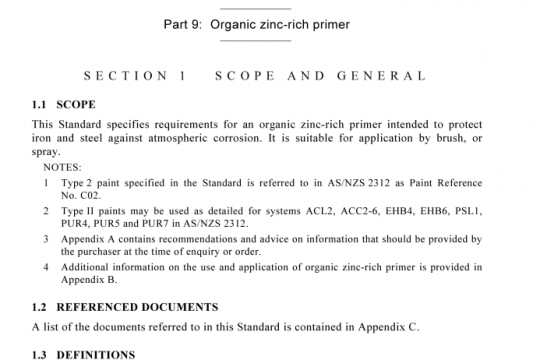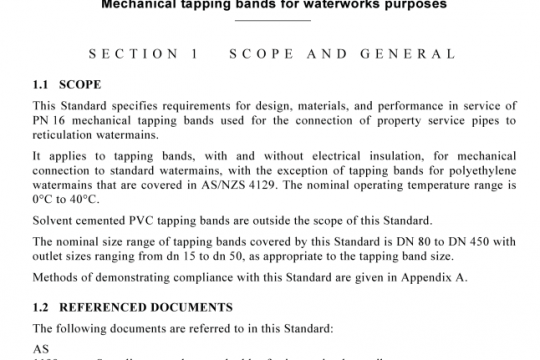AS 3711.3:2015 pdf free
AS 3711.3:2015 pdf free.Freight containers Part 3: Corner fittings (ISO 1161:1984, MOD)
The tolerances which may be permitted on the centre to centre distances between twistlock collars (St and P) in the theoretical“worst case” are dependent upon :
a) the dimensions of the collar envisaged;
b) the vehicle designers’ preference for either tighter tolerances on centre- to centre distances and a larger allowance for the dif-ference between the diagonal centre to centre measurements or looser tolerances on the centre to centre distances and a smaller allowance for the difference between the diagonal measurements.
For twistlock collars of the sizes indicated, the tolerances given in table 2 would be appropriate, if the ratio between the tolerance on the longitudinal centre to centre distance and the diagonal difference applicable to the twistlock collars is approximately the same as the ratio between the corresponding factors for the container.
Where twistlock collars do have some freedom (“float” or “‘slop”) in the framework to which they are attached or where retractable twistlock assemblies have an inherent “‘slop”, then for each±1 mm of freedom which exists for each of the four collars (longitudinally and laterally), the Ist and lopt values quoted in table 2 could each be increased by 1 mm and the k value could be in-creased by 1,5 to 2 mm (alternatively, there are ways of allocating relaxations in tolerances – see note 2 under table 8 in clause C.4).
If the widely held view is accepted, that the probability of encountering the “extreme case” in which the worst possible ac-cumulation of tolerances on the container and its corner fttings in one direction, coincides with the worst possible accumulation of tolerances on the chassis and its twistlock assemblies in the other direction – will be extremely rare (and hence the additional expense of maintaining the theoretical tolerances is unwarranted), then, accepting that in very rare circumstances an interference fit could OC-cur, “relaxed” theoretical tolerances could be applied, as indicated in table 3. This is true even in cases involving rigidly mounted twistlock collars (and the ideas contained in C.2. 10 could still be applied as well, in cases where collars have some freedom).AS 3711.3 pdf free.




